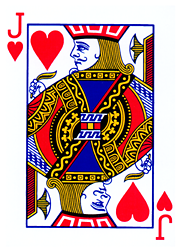|
27. With a stable design we would record a grandmaster, almost certainly Chen
Zhenglei, in one or more Pi Shas of his choosing, doing all 16 of the canonical
sets in our collegiate curricula. |
|
28. Once he is satisfied, we would use the video portion of these recordings as
what would be projected in class on mirrors or on smart glasses. |
|
29. Students being graded would be filmed wearing a similar Pi Sha (colors can
vary by class).
|
|
30. We would use part of the SAITO software to compare the sensors' description
of students' movements to the grandmaster's movements and provide a score. |
|
31. Current international standards specify the number of movements per set. For
example, Lao Jia (= Old Frame), the signature unarmed set, has 74 movements. The
standards describe the order as well as how to award or penalize per movement on
a scale from zero (did not do) to four (perfect). |
|
32. Students would get feedback on what to practice at home, or at least what to
focus on next class. |
|
33. Teachers get detailed insights for what to correct in each student as well
as general idea of what movements might need to be re-taught. |
|
34. Grandmasters and masters can supervise teachers and be confident that the
art will remain pure. |
|
35. Social workers can monitor progress without knowing anything about tai chi
chuan or much else. |
|
36. Since the same sets are done in the same order each class the stream of
digital scores gives parents and physicians a statistical anchorpoint for
quantitative analysis of whether changes to diet, medications, sleep or
logistics were optimal. If the scores go up, the decision was right. |

